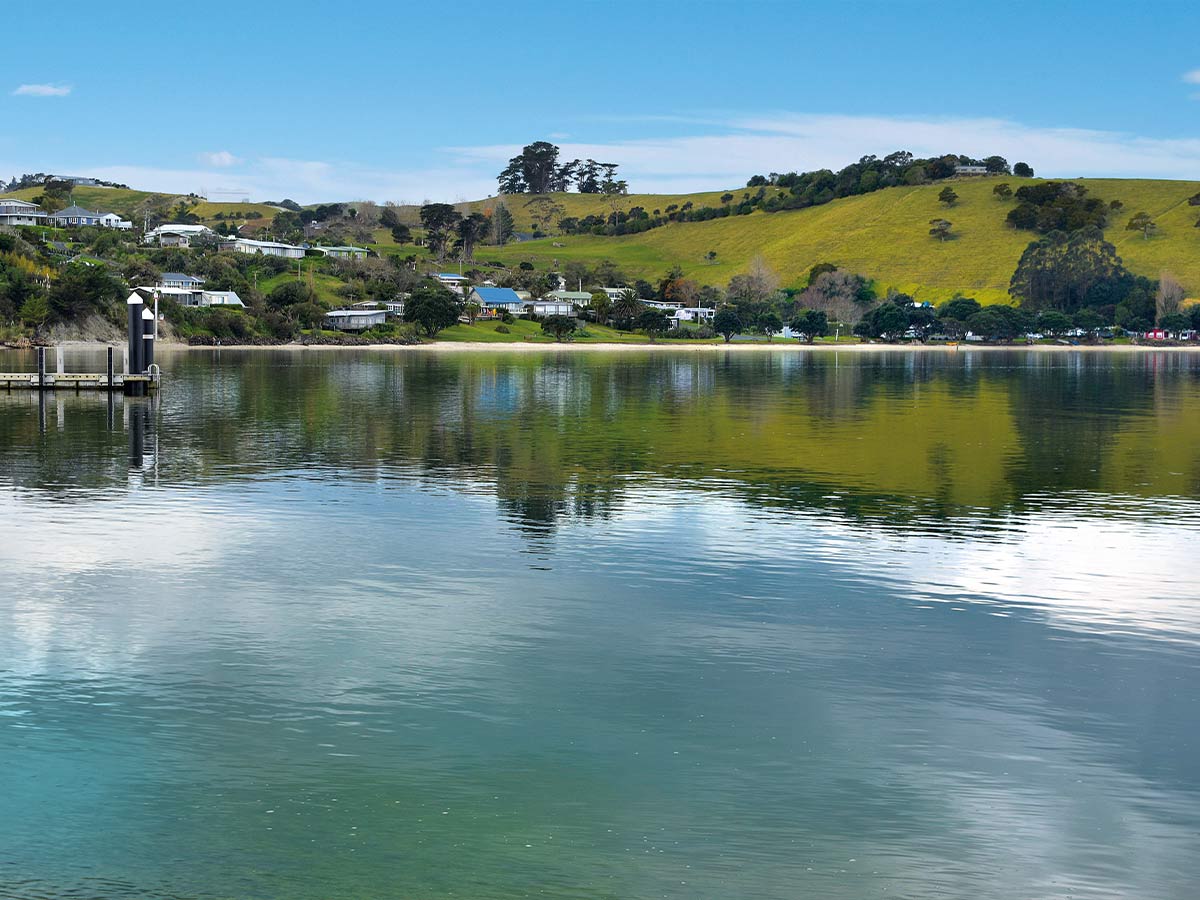Even if you think you’ve already been there and done that, the museum at the heart of the stunning Kauri Coast region is constantly evolving, and it’s just had another refresh, as Peta Stavelli discovers
I’ve long been in love with the Kaipara Region, which has such a sense of history and so many wonderful waterways, it reminds me of my childhood home, Tasmania. For the past 30 years, I’ve enjoyed a deep immersion in the area, exploring it with my children when they were still young, and many times since.
It was during one of those family excursions that I came upon the largest Moreton Bay fig tree in the Southern Hemisphere at Pahi, and the vaguest memory of it resurfaced in my dinosaur brain, reminding me that I had actually been there once before. In fact, I had camped beneath its enormous canopy in 1978 while on my first visit to New Zealand. Then, I travelled around the country in an already veteran Austin A30 borrowed from my cousin Debra, and this was the start of my love affair with the region.
I’ve returned to Pahi many times since to stand reverentially – always in awe – of this magnificent Moreton Bay fig tree. We’ve also camped at the adjacent Pahi Campground in a number of different RVs, and it’s not a place I ever tire of.
The land of the giants
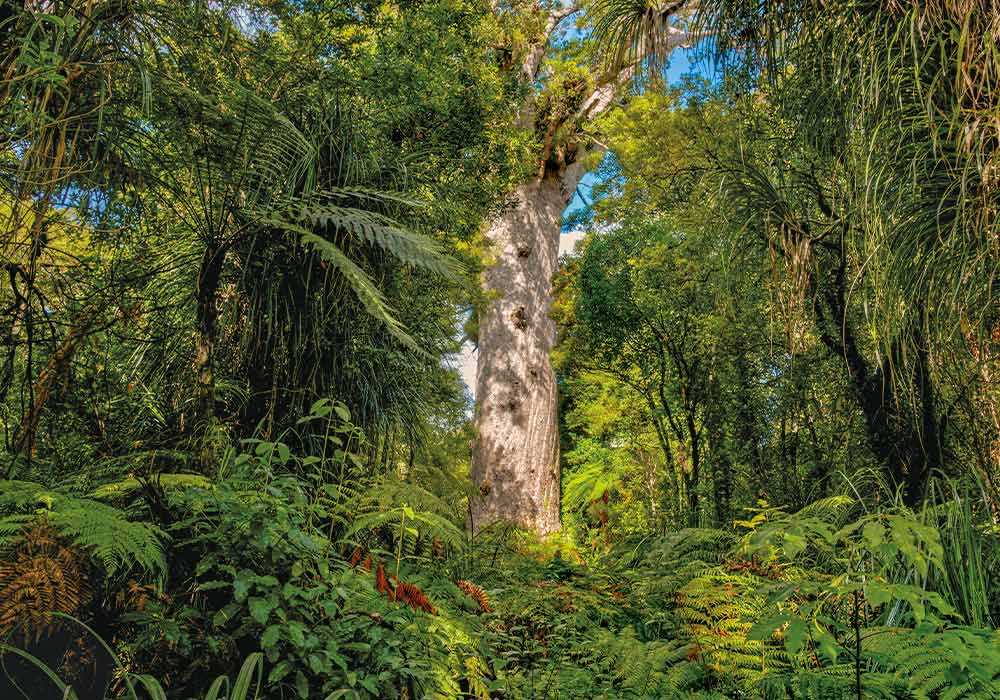
A trip to this area is not complete without also visiting another giant, the magnificent Tāne Mahuta – Lord of the Forest – also on the Kauri Coast. With its trunk just shy of five metres across, and a total height of more than 45 metres, it’s an overwhelming presence – one that frequently engenders respect in older visitors who often talk in hushed tones while there. Of course, we should always respect our elders; this giant tree is estimated to be more than 2000 years old.
Elsewhere in the Waipoua Forest is a tree that is even larger: Te Matua Ngahere – Father of the Forest – is thought to be 3000 years old and has a diameter of more than five metres, but the largest kauri tree on record was nearly nine metres wide. It was felled on the Thames Coast in the 1870s, and like the majority of these magnificent trees only remains as a ghost ring recorded for posterity (and comparison) on the walls of the Kauri Museum.
The Kauri Museum
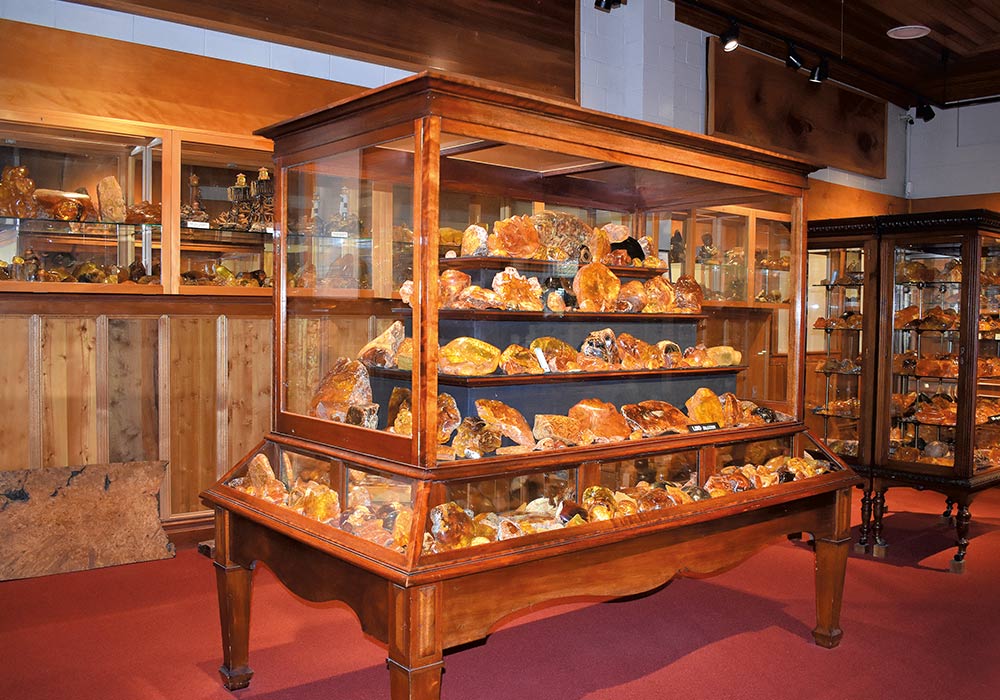
The last time the co-pilot and I visited the Kauri Museum at Matakohe, I elected to instead wander the grounds. It was winter and the sky was the colour of granite, just like the old stone church I’d hoped to explore. The heavens opened, as the ominous sky had signalled it would.
I took shelter in the café while John wandered in the museum alone. After an hour or so, we reunited in the beautifully stocked shop and gallery, where I was deep in conversation with one of the artists and feeling quite animated. Meanwhile, the co-pilot looked as if he’d seen a ghost. He later told me that being almost alone in the vast space had been quite an eerie experience. I understand. The museum inspires an extraordinary mix of shock and awe, of reverence and sadness. The ghosts of the past can press in at such a place and the imagination can run riot. This most recent time, one of the mannequins came to life in front of me. It shocked the heck out of me. Of course, this wasn’t supernatural, but a real person, also a visitor, standing so stock still in front of an exhibit that he appeared to be a part of it.
But that’s what’s so great about this place: the quality of the exhibits is so realistic that you’d credit the whole with coming straight out of Weta Workshop. If you haven’t been for a while, it’s worth a refresher.
Yes, minister
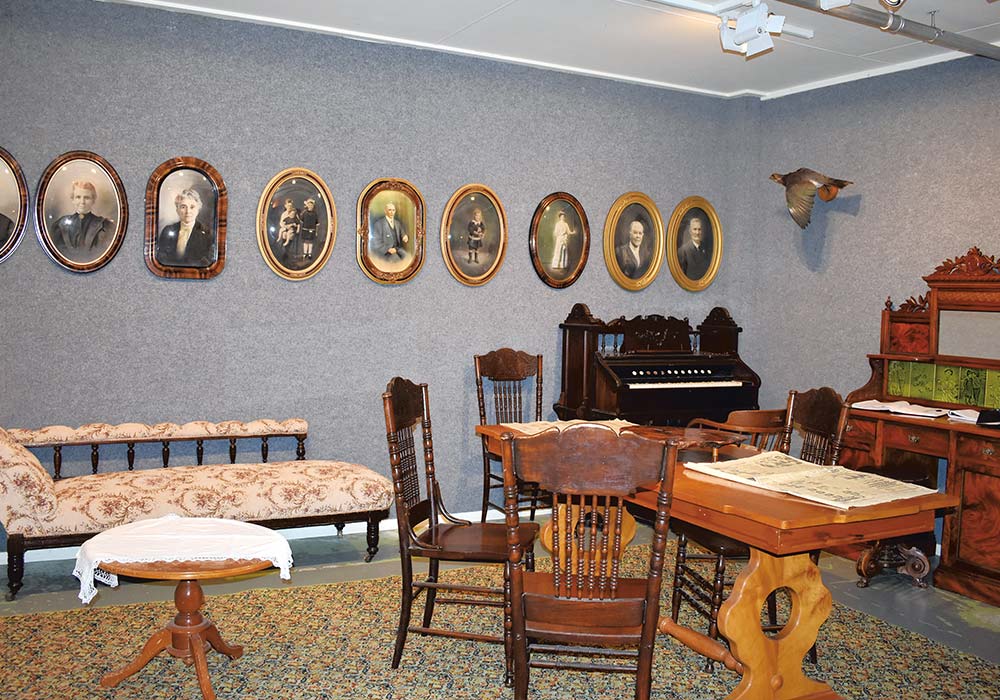
We were a day late, apparently. The deputy prime minister, Carmel Sepuloni, had been there the previous day – entirely off her own bat and without fanfare, we were told by volunteers. The reason for Sepuloni’s visit was the same as our own: she had come to view the new entrance hall, which had recently been opened. The new hall, quietly lit with message boards and lined with the imposing silhouettes of kauri trees, has changed the way visitors enter the museum, and it’s certainly moved with the times in acknowledging both the tangata whenua and the magnificence of the kauri tree.
The execution impressed me. Sometimes the celebration of our national history can be one-sided, and the new entrance is an attempt to resolve this conflict. On the day of our visit, there was also a special exhibition of taonga downstairs and a short video that tells the story of how this marks the important beginning of a reconciliation. I say beginning because this was implied in the short film, but I can see how hard it must be for local iwi to see the success of a monument, which, in so many ways, is a celebration of their own losses.
If a giant falls alone in the forest
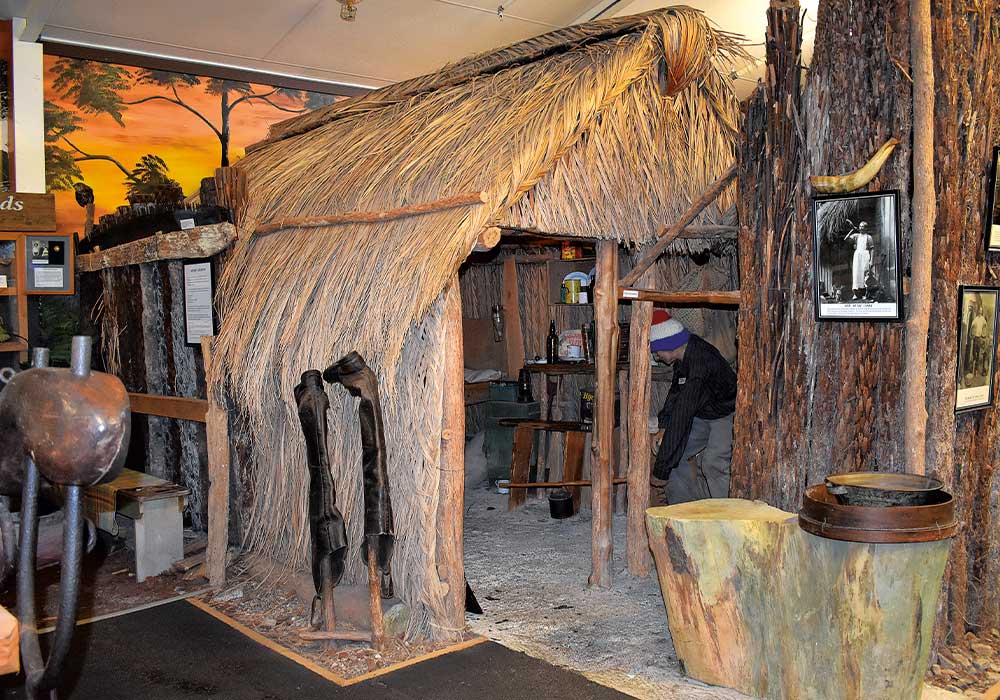
Between 1820 and 1900, around 90% of the kauri from forests around New Zealand was milled or burnt to make way for farmland. The gum fields that remained became a rich source of kauri resin, which was mostly exported from the mid-1800s to the UK and the US.
While Māori had long used the resin in tattooing, for lighting, and for making artefacts and jewellery, their efforts had scarcely touched the surface. However, the European settlers began the extraction of this precious resource on an industrial scale. During the second half of the 19th Century, more than 450,000 tonnes were exported, making kauri gum the country’s largest export at that time.
By the late 1900s, 70% of all manufactured paint varnishes contained kauri gum, and at its peak, more than 20,000 people were said to be engaged in gum digging. Most were European settlers – there were many Dalmatians among them, families whose names are now familiar around Northland, who at the beginning of their new lives in New Zealand frequently lived in basic shares.
One of my favourite exhibits at the museum is the small whare where two impoverished gum diggers live in humble surroundings. You can walk right inside of it and really get a sense of their lives. It’s so realistic that it’s no wonder this was the spot where my ghost mannequin stood, apparently frozen, and taking in every tiny detail. I had the lens of my camera angled on the outside of the whare when he moved, and I let out a gasp. We laughed when I told him what had occurred, but the fact is, there are many places in the museum where the exhibits are so realistic that they could just as easily ‘come to life’.
Been there, done that
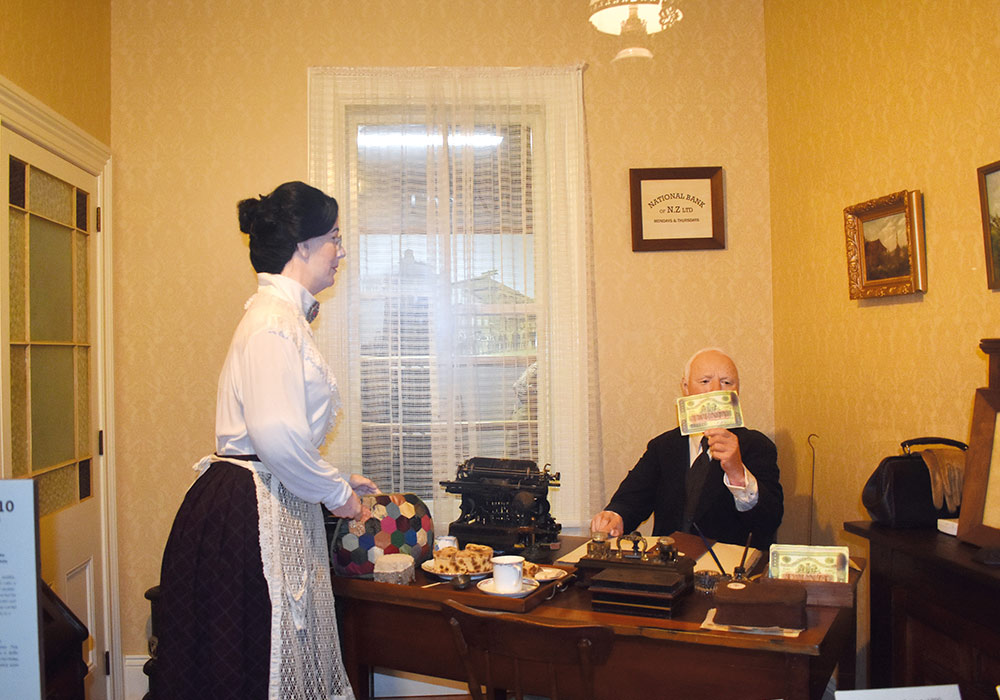
Even if you’ve been to the Kauri Museum before, I definitely recommend a return visit. If you’re a member of the NZMCA, you can park overnight on the grounds and receive a discounted entry fee. There’s a great café, too, and the view is stunning, even on an overcast day.
From there, the drive through to Dargaville will take you through the Waipoua Forest to see the living giant kauri, and from the forest onwards to the marvellous Dargaville Museum, where your NZMCA membership can also be used for discounted accommodation and entry.
It’s a great way to immerse yourself in a weekend of history, just two hours north of Auckland.

